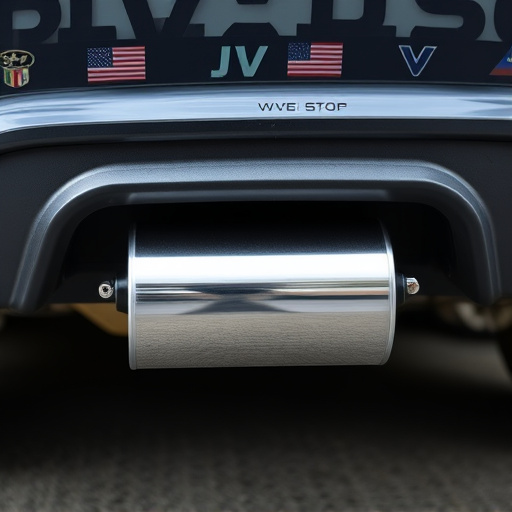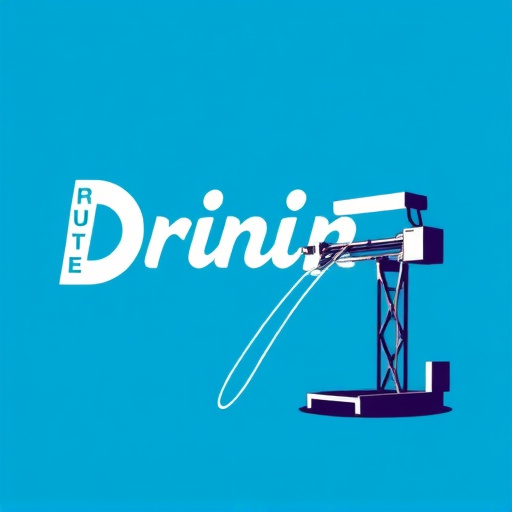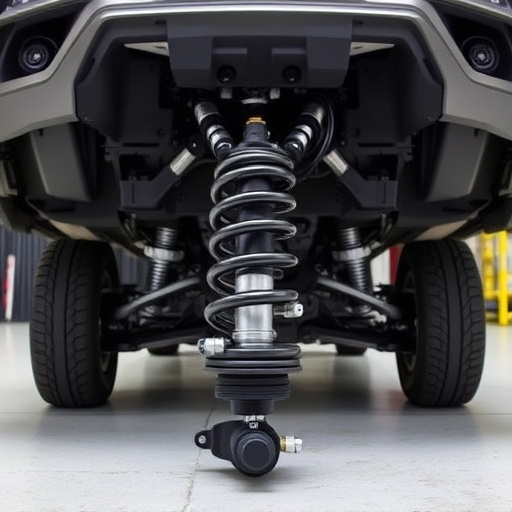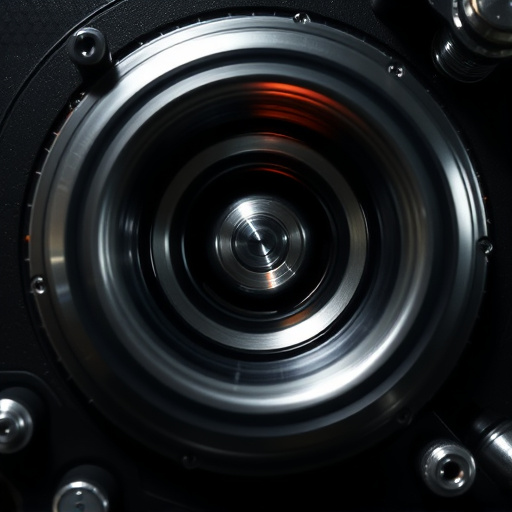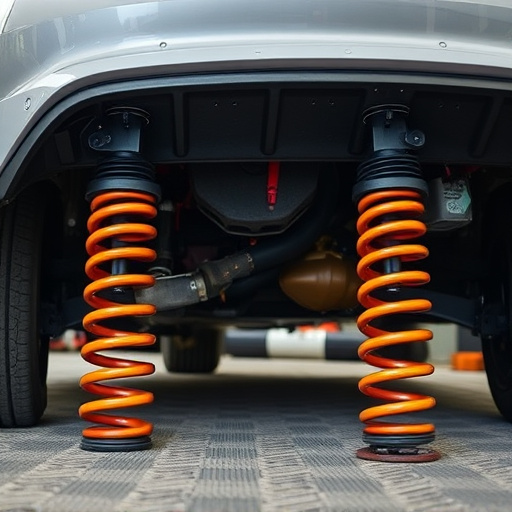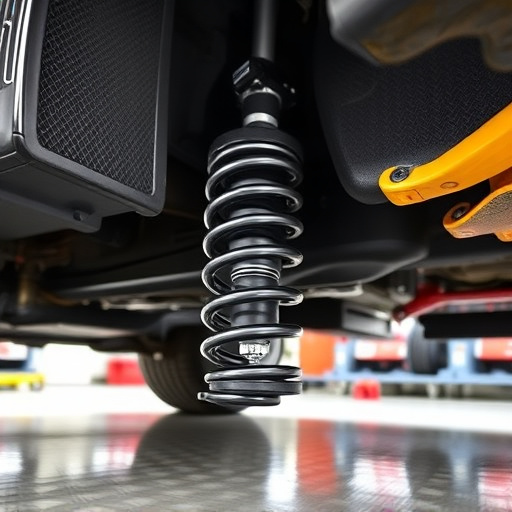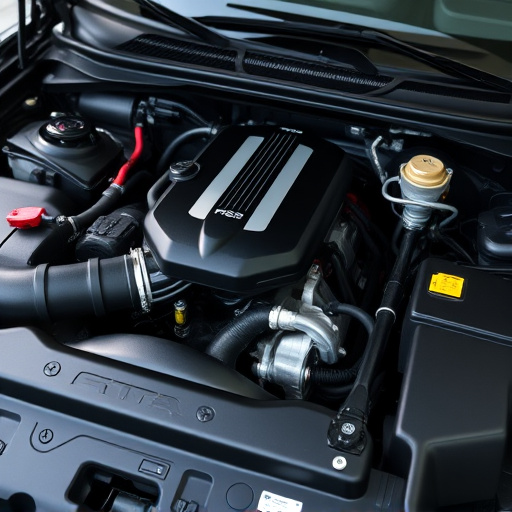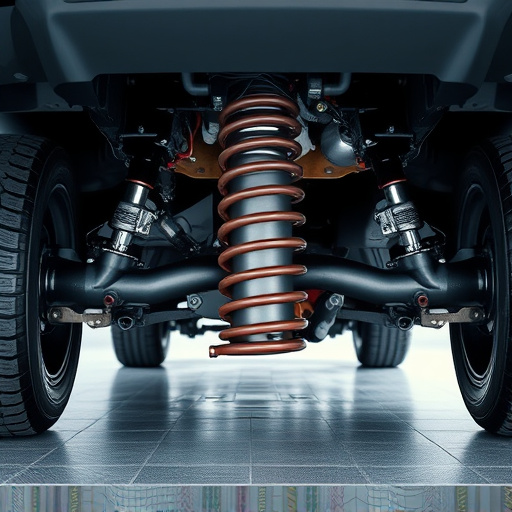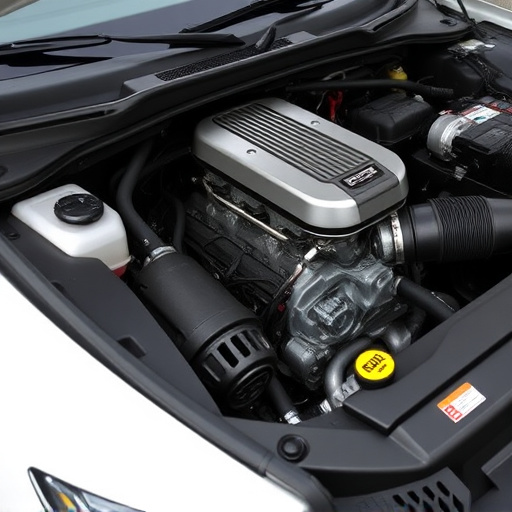Forced induction engine tuning boosts performance by compressing intake air, improving combustion, and maximizing output. This involves precise adjustments in spark timing, fuel delivery, boost pressure, and compression ratio. Complementary upgrades like high-performance air filters, exhaust tips, and brakes enhance driving dynamics. Advanced technology allows tuners to meticulously calibrate interactions between engines, turbos, and cold air intakes, unlocking hidden power for optimal performance and control on the road.
“Unleash the power potential of your vehicle with an in-depth look at engine tuning for forced induction setups. This comprehensive guide explores the intricate relationship between forced induction and engine tuning, providing insights into how these technologies work together to enhance performance. From understanding forced induction’s impact on engine dynamics to fine-tuning advanced techniques, you’ll discover key factors and strategies to optimize your vehicle’s performance. Get ready to explore the art of engine tuning and unlock hidden horsepower.”
- Understanding Forced Induction and Its Impact on Engine Tuning
- Key Factors to Consider for Optimal Engine Performance with Forced Induction
- Advanced Techniques for Fine-Tuning Forced Induction Engines
Understanding Forced Induction and Its Impact on Engine Tuning
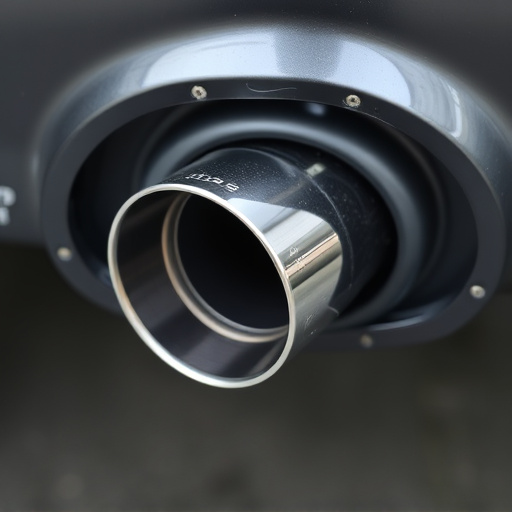
Forced induction is a powerful technique that enhances engine performance by forcing more air into the combustion chamber than what atmospheric conditions allow. This process involves using an external force, typically a turbocharger or supercharger, to increase air density and delivery. The impact on engine tuning is profound; it demands precise adjustments to various parameters to harness the full potential of this setup.
Engineers and enthusiasts alike must consider factors such as boost pressure, timing, and fuel delivery when tuning forced induction systems. Optimizing these aspects ensures that the engine receives the right balance of air and fuel, leading to improved throttle response, higher horsepower, and better torque output. Additionally, using performance air filters, high-quality exhaust tips, and upgrading brake components can further enhance overall performance and driving dynamics in vehicles equipped with forced induction engines.
Key Factors to Consider for Optimal Engine Performance with Forced Induction
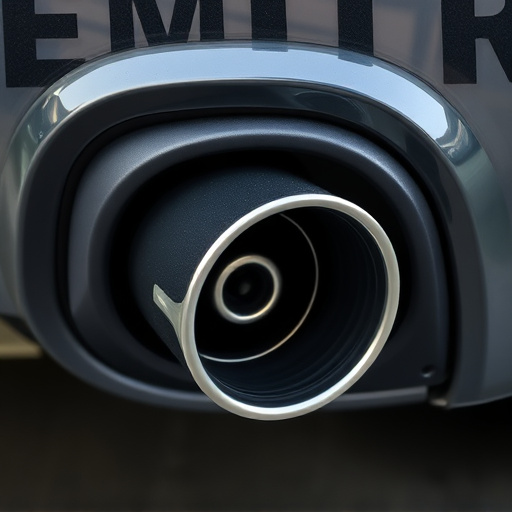
When optimizing an engine for forced induction setups, several key factors come into play to achieve optimal performance. The first and perhaps most crucial aspect is airflow. Ensuring a steady, high-volume flow of cool, dense air into the engine is essential, which is where forced induction systems like turbos or superchargers prove invaluable. These components compress the intake air, increasing its density, allowing for more efficient combustion and, consequently, enhanced vehicle performance.
Furthermore, engine tuning plays a pivotal role in maximizing output. Adjusting the spark timing, fuel injection, and compression ratio through carefully calibrated coilover kits can significantly impact power delivery. The right tuning ensures that the engine operates within a sweet spot, leveraging the increased airflow from forced induction systems to produce more horsepower and torque. Additionally, upgrading to performance brakes can aid in controlling the vehicle’s speed during testing and fine-tuning processes, contributing to overall control and safety during the pursuit of optimal engine performance.
Advanced Techniques for Fine-Tuning Forced Induction Engines
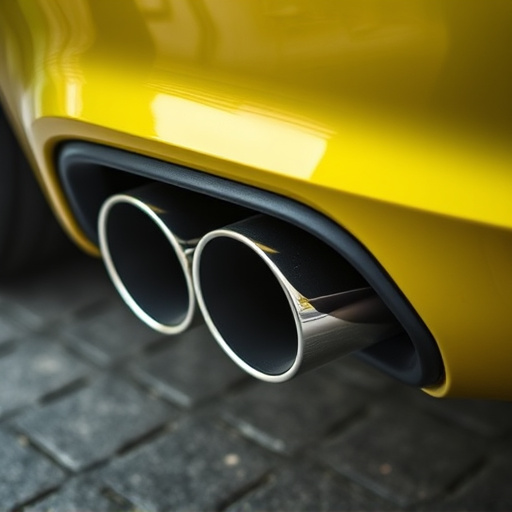
In the realm of engine tuning, particularly with forced induction setups, advanced techniques have emerged to fine-tune performance. These methods go beyond basic adjustments, delving into intricate aspects like optimizing air intake systems and suspension kits for enhanced efficiency. By employing cutting-edge technology, tuners can precisely calibrate the relationship between the engine, turbocharger, and cold air intakes, unlocking latent power and improving overall vehicle dynamics.
This sophisticated tuning involves meticulous mapping of fuel injection, ignition timing, and boost pressure to match the engine’s characteristics with the forced induction system. Additionally, suspension kits are fine-tuned to manage improved weight transfer and handling, ensuring the vehicle remains stable under extreme conditions. Such intricate adjustments allow for a harmonious balance between raw power and controlled delivery, making forced induction engines true game changers on the road.
In conclusion, understanding and mastering engine tuning for forced induction setups is a complex yet rewarding process. By carefully considering factors like boost pressure, timing, and fuel delivery, and employing advanced techniques such as dynamic mapping and precise sensor calibration, you can unlock the full potential of your vehicle’s performance. Optimal engine tuning not only enhances power and efficiency but also ensures reliability, making it a crucial aspect for both enthusiasts and professional racers alike.




